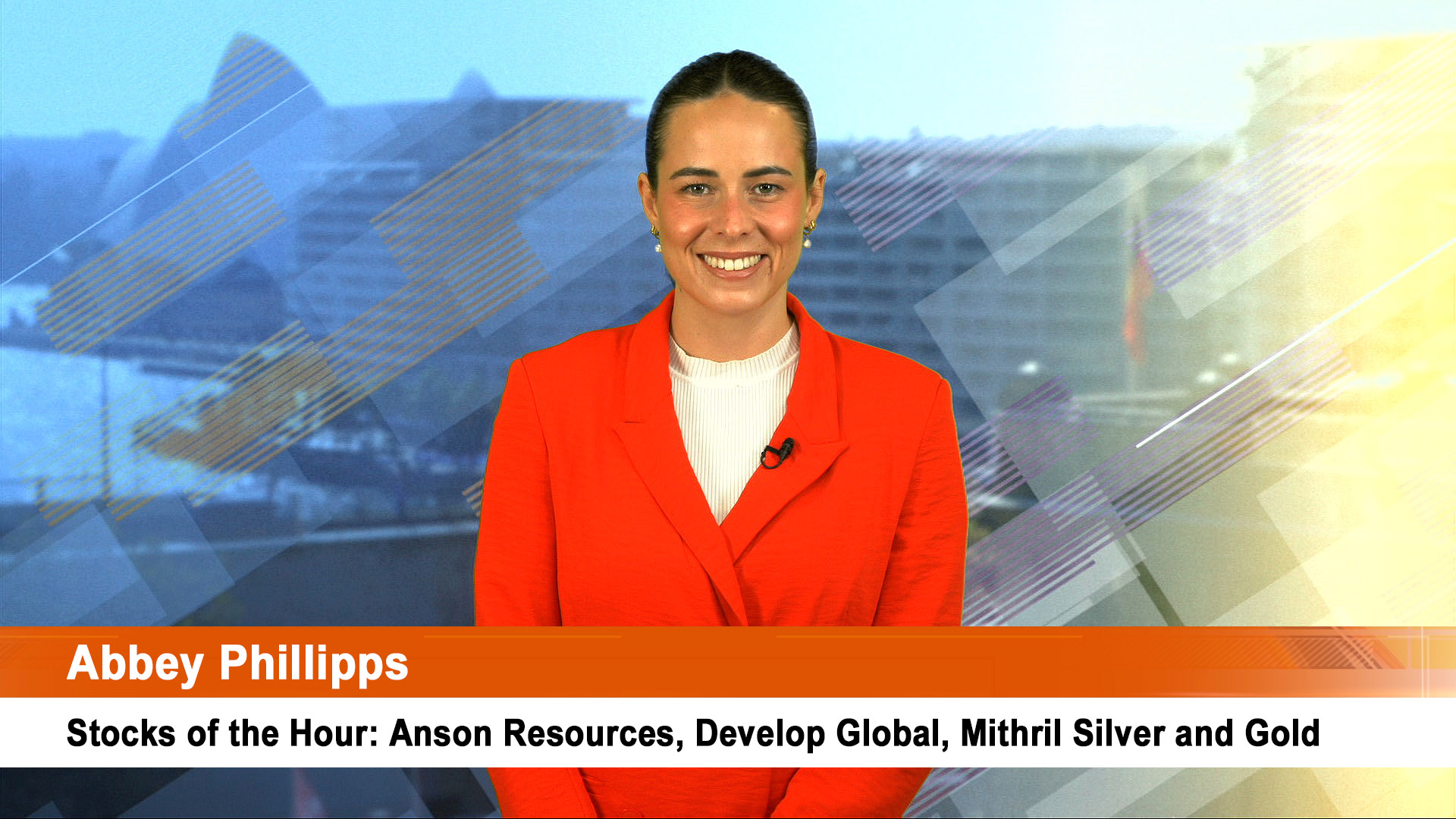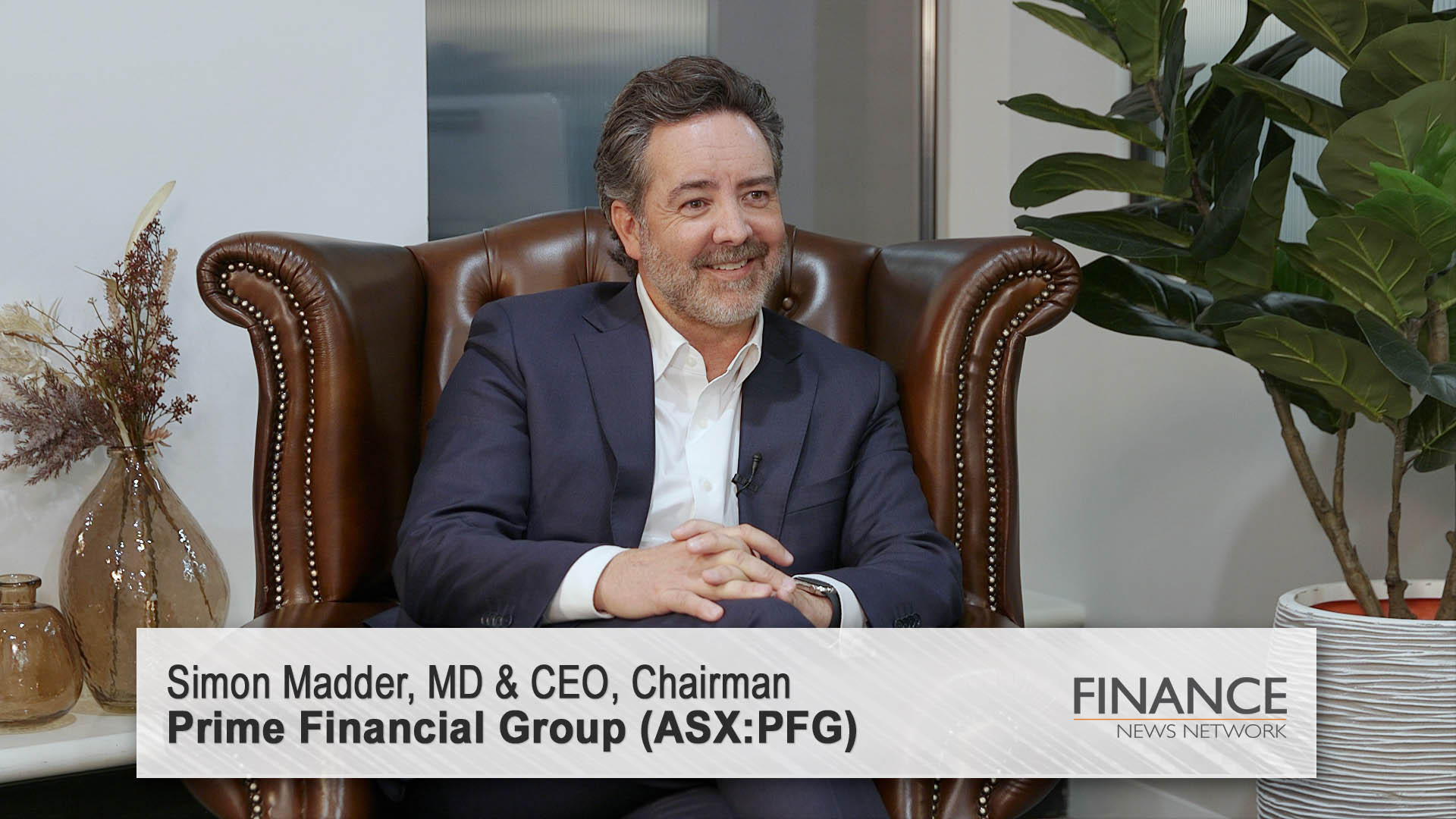As widely expected, the US Federal Reserve has kept interest rates unchanged, meaning it could be the central bank’s March meeting where the question of a rate rise goes live.
But most analysts believe the Fed will wait until the June meeting to make a decision and that in turn will limit the number of rises this year from the anticipated three to as few as one – as we saw in 2015 and 2016.
Fed Chairwoman Janet Yellen and her colleagues on the Fed’s Open Markets Committee voted as one voted to leave the federal funds rate in a range of 0.5% to 0.75%.
The news had been expected by most forecasters and left most US markets trading at the time unchanged or with small gains that did not really matter.
In the usual post meeting statement, the Fed said the US economy was still on a moderate growth path notwithstanding a surge in consumer and business confidence since the election on November 8.
In a statement, the Fed noted that “measures of consumer and business sentiment have improved of late” but said business investment remains “soft.”
In December, the Fed signaled it wants to raise interest rates three times this year. The market expects two rate hikes, with the first coming in June.
Many economists expect the central bank to wait until they see the Trump Administration’s new budget, due in March and other policies.
But several point out that if the solid economic data continue to strengthen, as they have done in the past two months or so, it is possible that the Fed will move in May, raising the prospect of at least two increases this year (with the other in December if the data continues to remain strong).
The next two Fed meetings (and rate decisions) come on March 15 and May 3.
The Fed’s latest assessment of the economy stuck closely to its previous language, noting that the jobs market had continued to strengthen and that the economy was expanding at a “moderate pace”.
While it referenced low market-based inflation expectations, the FOMC’s statement sounded relatively optimistic about the inflation prospects, saying that with gradual rate rises it expected that price growth “will rise to 2 per cent over the medium term”.
(On Monday, the US Commerce Department reported small rise in inflation to 1.7%). It dropped prior language that tied inflation improvements directly to an easing in the impact of low import and energy prices as well as jobs growth.
Economists speculated the Fed did not want to send a stronger signal given the uncertainty over the economic outlook, especially whether Congress can deliver the pro-growth policies promised by President Donald Trump.
Ms Yellen gets a chance to send a signal to markets about the possibility of raising rates when she testifies to Congress on February 15.













